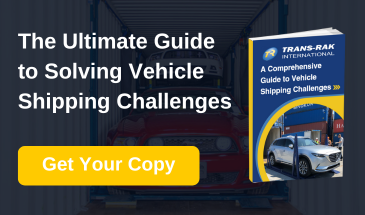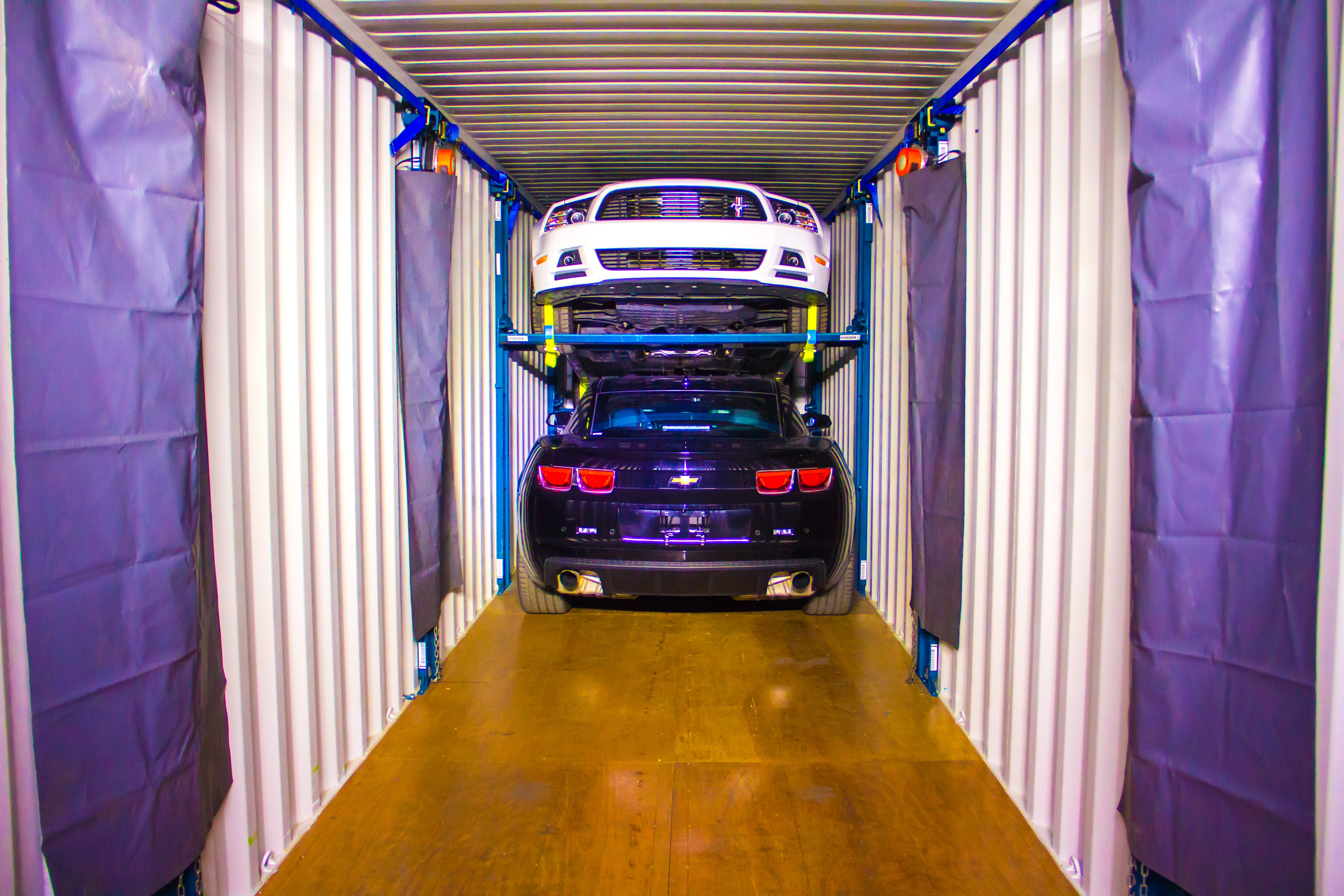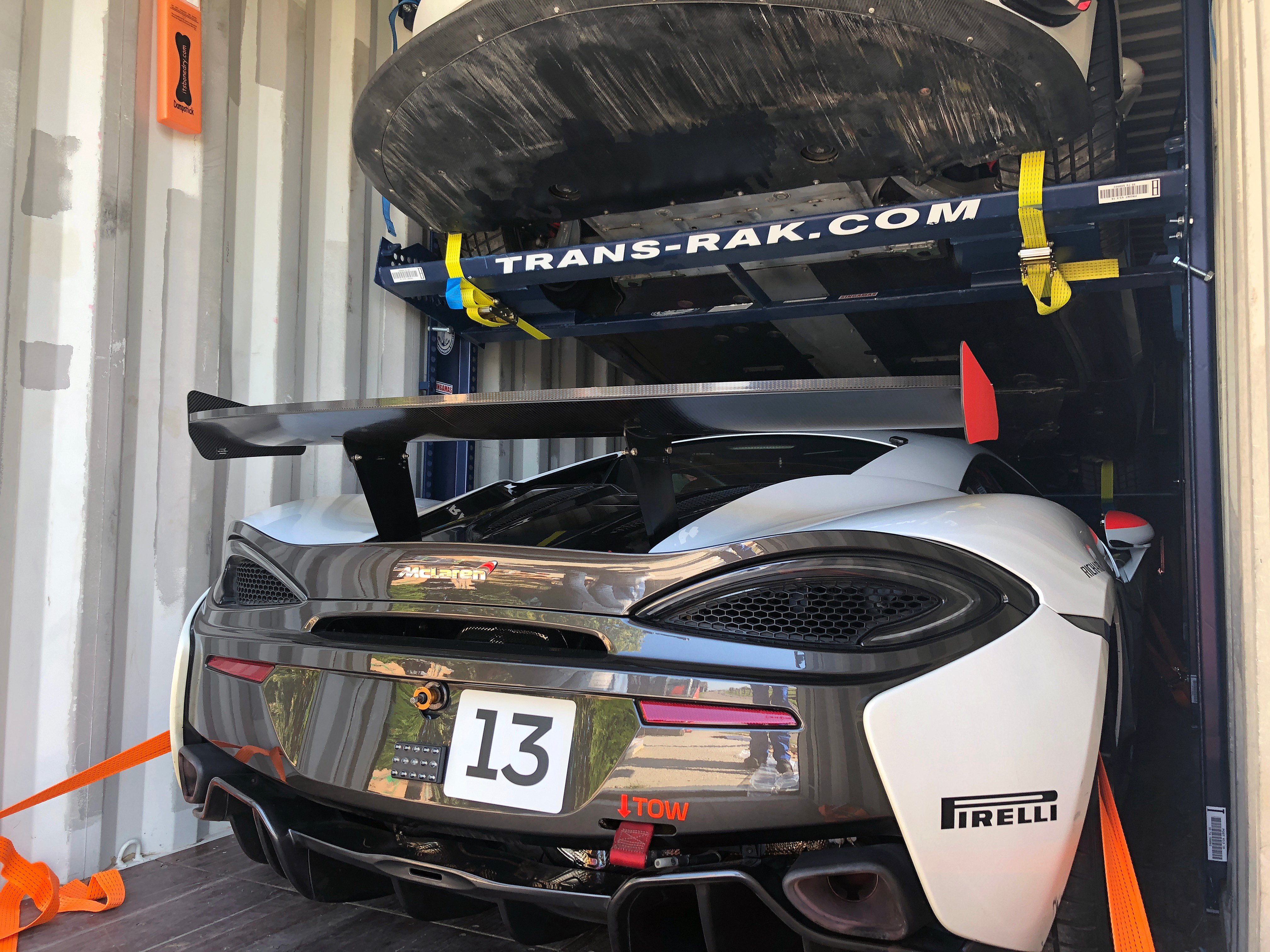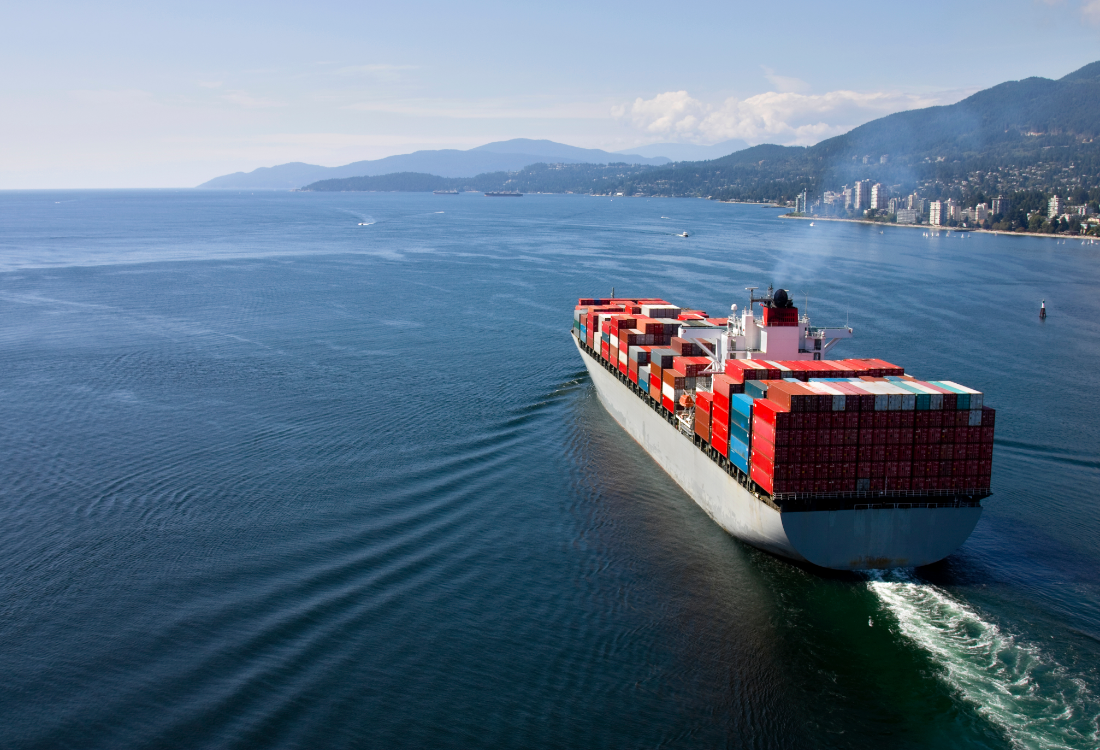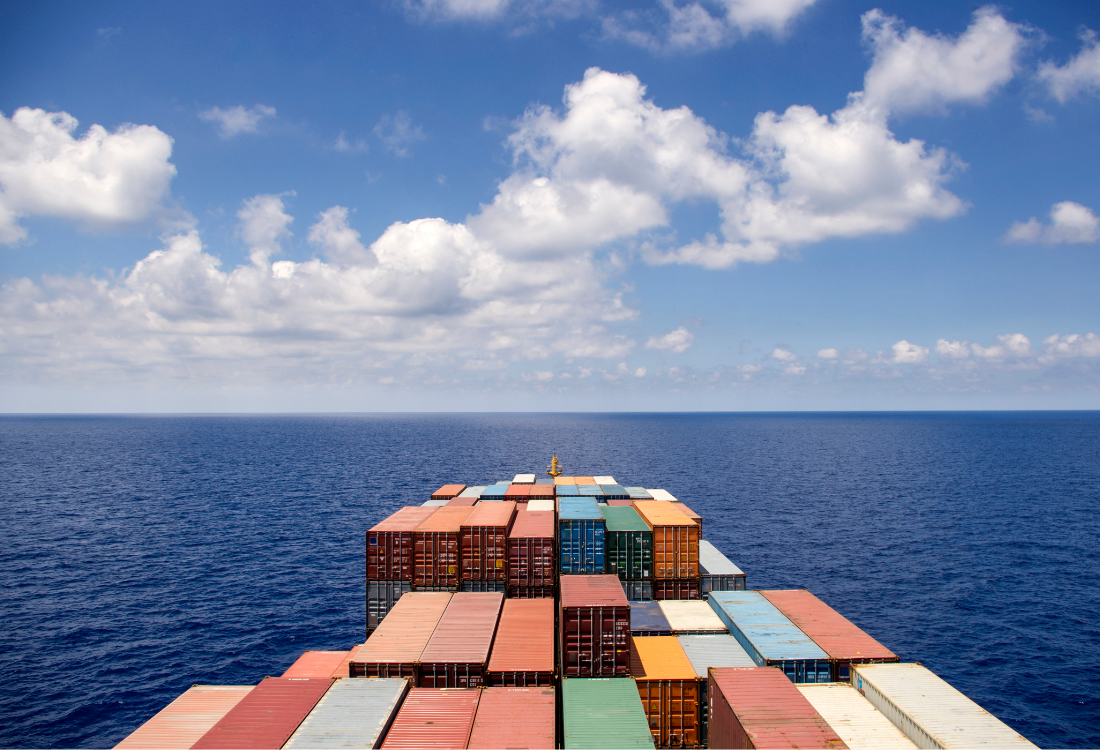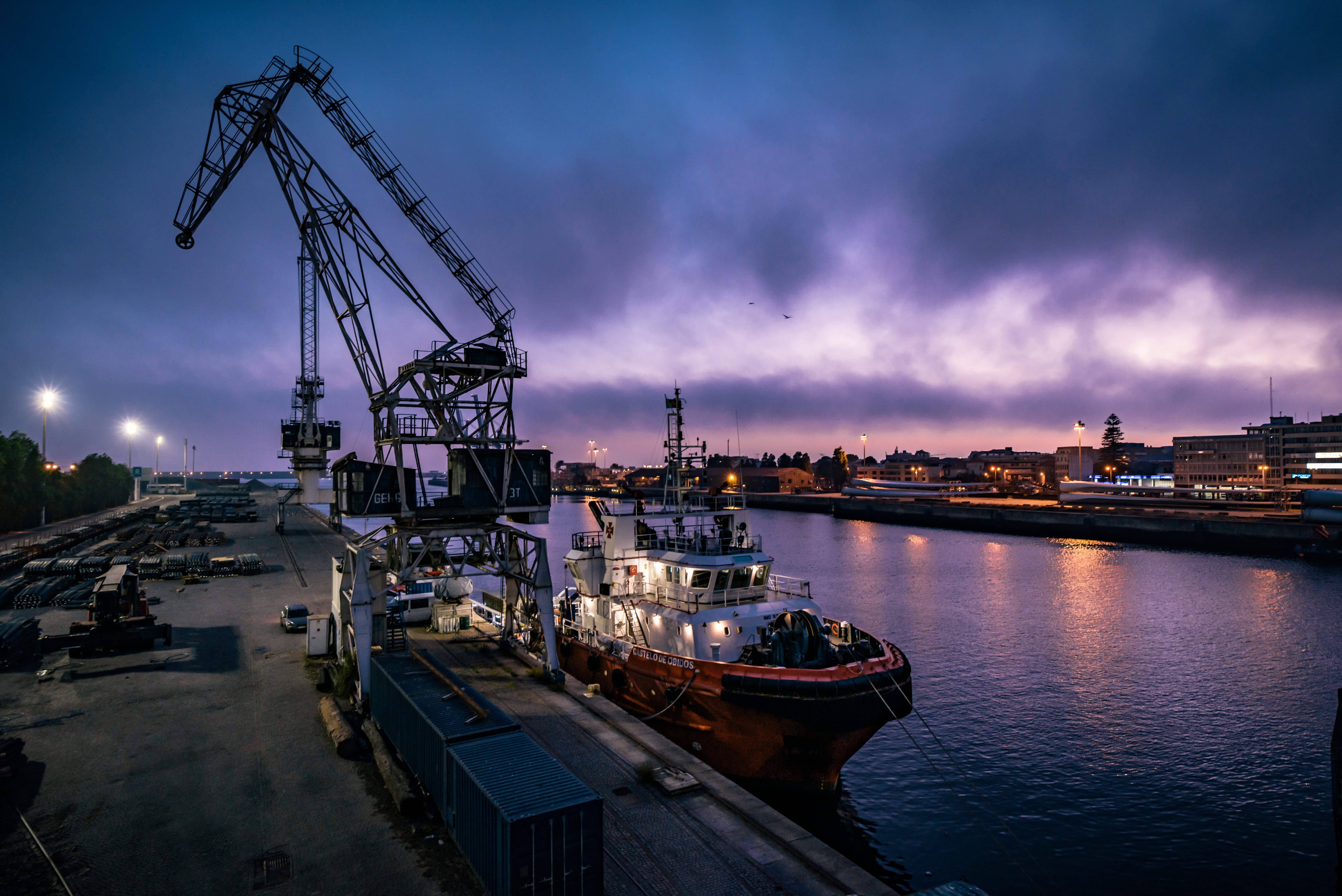
Shipping is a major global contributor to climate change. As with other sectors, there is an increasing realisation that urgent action is required to lower greenhouse gas emissions from ocean-going vessels and the logistics infrastructure that supports the sector. Accordingly, in 2018 the International Maritime Organisation (IMO) announced its aim to significantly reduce carbon emissions from shipping.
Some logistics and transport businesses worry that the measures taken to achieve this target might affect the price of sea freight in the short term. However, these efficiency measures and investments will also have longer term offset effects and we can expect lower overall costs in the decades ahead.
The Plan To Decarbonise
Shipping is reckoned to emit over one billion cubic tonnes of greenhouse gases per year. Therefore, regulation of the industry can form a very effective component in the effort towards meeting the IPCC's targets to prevent climate breakdown. The IMO aims to lower total carbon emissions from international sea freight by 50% from 2008 levels by 2050.
Three pathways have been proposed to achieve this, comprising a variety of measures. They each comprise speed reductions for ‘cruise control’ on large container vessels, use of carbon capture for fossil fuels, greater use of alternative and bio-fuels, and other energy efficiency measures. Each package is capable of exceeding the IMO's target, with the most effective offering a reduction of over 100% by 2050, putting emissions into net negative territory. The downside, however, is that these measures come with an estimate up-front price tag of around $500bn over the business-as-usual scenario.
The Cost Benefits of Efficiency Gains
While the apparent costs look frightening, there are associated financial benefits for container ship users of better energy efficiency and lower fossil fuel usage, particularly as oil prices surge. In recent years, the shipping industry has seen increasingly large container ships, with even bigger ones in the pipeline. Almost every aspect of larger ships brings efficiency savings over multiple smaller ones, ranging from construction to fuel usage.
Overall, communications and power system requirements, as well as crew numbers, are much lower for a single ship on the latest generation of large container ships. There is also the simple fact of "breaking a wave". A single ship does this once compared to many smaller ships of combined equivalent capacity. These larger ships typically travel at a lower speed, using larger and slower propellors, which again are more fuel efficient. On top of this, logistically, loading larger container ships is simpler than repeated docking.
Prospects For Containerised Vehicle Transport
Containerised sea freight has its own energy efficiencies of course and, with recent innovations in racking systems, containers are now an optimum option for international vehicle transportation. The R-RAK system maximises the capacity of each container and removes the need for transfer between ships, rail and road, common sites of accidental damage.
With large scale containerisation now available for cars, older RORO shipping can be superseded for many long haul journeys. All the benefits of low-carbon efficiency savings and sustainability become available for the vehicle transportation industry. Add to this the benefits of speed, safety and time-savings, and the prognosis for the next 30 years is positive.
Download Our Free Guide
To find out more about our racking solutions, please download a free copy of our Containerised Car Transport Guide today.
Image Source: Unsplash


